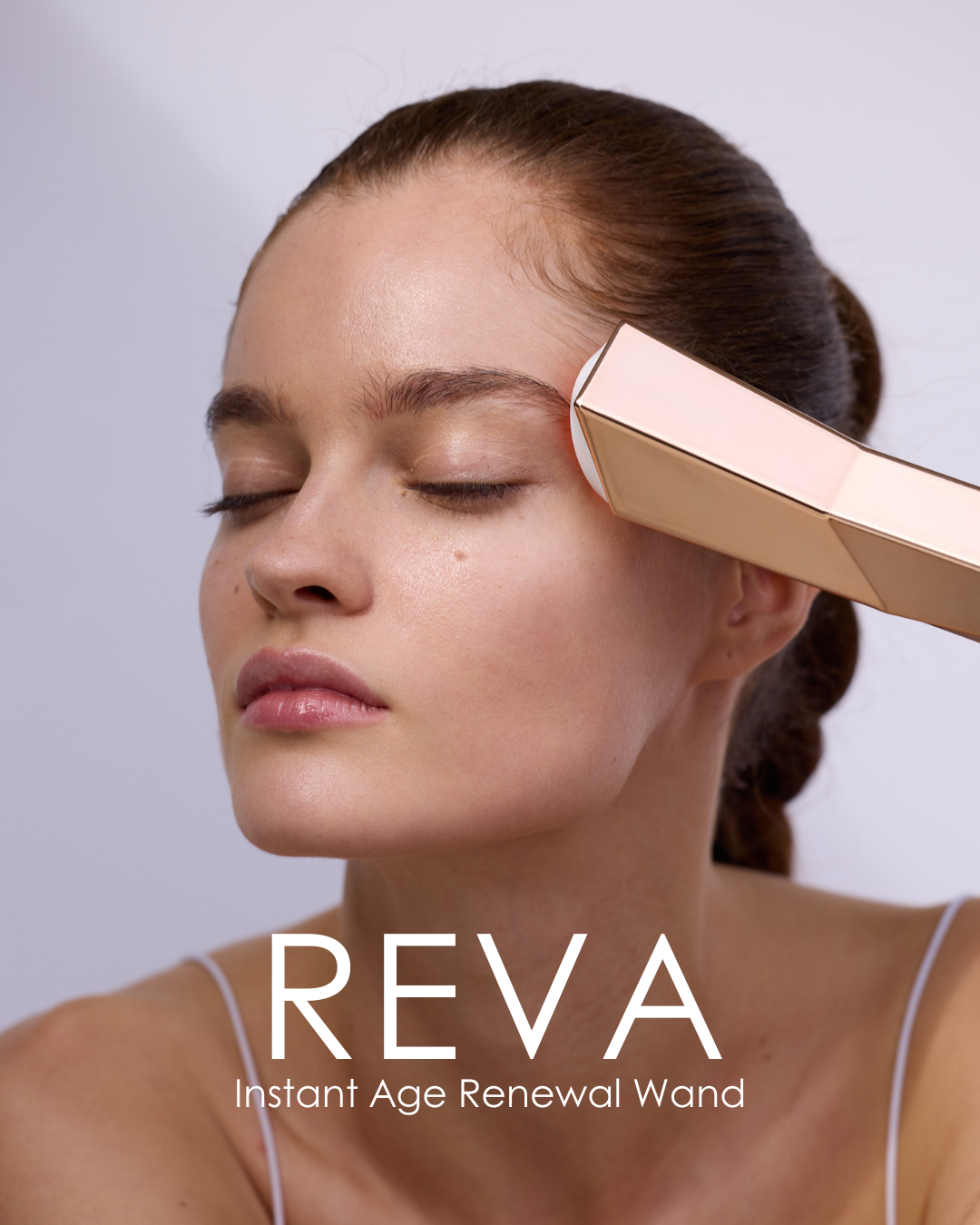
How Often Should you Do Red Light Therapy?
IN THIS ARTICLE:
- 01 What is Red Light Therapy?
- 02 Is There Science Behind Red Light Therapy?
- 03 What are the Benefits of Red-Light Therapy?
- 04 Can you do Red Light Therapy Every Day?
- 05 Can you Overdo Red Light Therapy?
- 06 What is the Best Device for Red Light Therapy At-Home?
- 07 The Takeaway: How Often Should I Use My Red Light Therapy Mask?
3-minute read
A popular and promising treatment to reverse visible signs of aging, inflammation, and quell breakouts but how often should I use my red light therapy mask at home?
Let’s find out.
What is Red Light Therapy?
Red light therapy is a skin rejuvenation technique that involves applying red light wavelengths between 600 and 700nm to the skin’s surface. The light stimulates cell activity to produce various benefits such as generating new collagen, boosting skin elasticity, and reducing inflammation and redness. Red light has a powerful impact on cell activity and skin health. Recent years have seen a rise in the use of red light facemasks at home to achieve improved skin health and appearance.
Is There Science Behind Red Light Therapy?
Yes, there is an ever-increasing body of science behind the benefits of red light therapy for skin rejuvenation, the evidence-based technique is likely the reason you are seeing the treatment all over your feed. Red light therapy involves a fascinating interplay between light wavelengths, energy absorption, and the knock-on of several cellular responses.
Low-level red light wavelengths interact with chromophores found in skin cells. A molecule called cytochrome c oxidase within the mitochondria, absorbs light energy. This process sets off a chain of reactions, including an increase in adenosine triphosphate (ATP) production. Think of ATP as the cellular fuel powering various cellular functions, supporting repair processes, and promoting regeneration.
Moreover, red light exposure encourages fibroblasts to ramp up collagen production, crucial for maintaining skin elasticity and strength. Red light therapy is anti-inflammatory triggering a reduction in pro-inflammatory cytokines and the release of anti-inflammatory mediators.
What are the Benefits of Red-Light Therapy?
- Improved skin health - enhances skin tone for an overall brighter and more balanced complexion
- Reduced inflammation - eases inflammation in conditions like acne, arthritis, and muscle soreness
- Anti-aging - boosts collagen to reduce fine lines and prevent skin laxity
- Skin Tightening - improve skin elasticity and firmness
Can you do Red Light Therapy Every Day?
Red light therapy at home using masks, handheld units, or lamps is considered safe for daily use since these devices are less intense than those found in clinics. Always follow the guidelines on your specific device, which typically recommend 3-20 minute sessions. For best results, use a red light device at least 3-4 times per week, but daily sessions are safe and effective. Keep in mind that extending the use of at-home devices beyond the recommended sessions may not accelerate results or even enhance the benefits.
Can you Overdo Red Light Therapy?
Red light therapy is not harmful if treatment times are exceeded and you will not burn or hurt your skin. There is some emerging evidence to suggest that too much red light may create oxidative stress in the cells which may jeopradize results. There is also evidence that after a certain amount of time, typically the time recommended on your device, cells will stop absorbing light and therefore have no additional benefit to you. Many red light facemasks will come with an auto shut-off timer, powering down after the recommended treatment time.
What is the Best Device for Red Light Therapy At-Home?
While there is no ‘best’ LED light therapy device - there are many options on the market to help you choose a device that suits your treatment needs.
Red light therapy mask
These are wearable devices that cover the face and emit red light onto the skin. They are convenient for targeting specific areas, such as the face, and can be used hands-free during sessions.
Red light therapy panels
Panels are larger devices that emit red light over a broader area, making them suitable for treating larger areas of the body. They can be positioned on a stand or mounted on a wall for easy use.
These portable devices are compact and versatile, allowing for targeted treatment of specific areas of the body. They are convenient for spot treatments or for areas that may be harder to reach with larger devices.
LightAura Flex | LED Face Mask
Red and blue silicone LED light therapy mask for smoothing fine lines and eliminating acne
The Takeaway: How Often Should I Use My Red Light Therapy Mask?
For optimal results, a minimum of 3-4 red light therapy sessions per week is recommended, though daily use is safe and effective depending on your treatment goals. It's crucial to adhere to the recommended treatment times for your specific device, typically 10, 20, or 30 minutes.
If your priority is skin rejuvenation and anti-aging, 3-4 sessions per week should suffice. However, for more intense or chronic issues such as inflammation, pain, and stiffness, more frequent daily sessions may be beneficial.

written by Sophie Flair

















Leave a comment
This site is protected by hCaptcha and the hCaptcha Privacy Policy and Terms of Service apply.